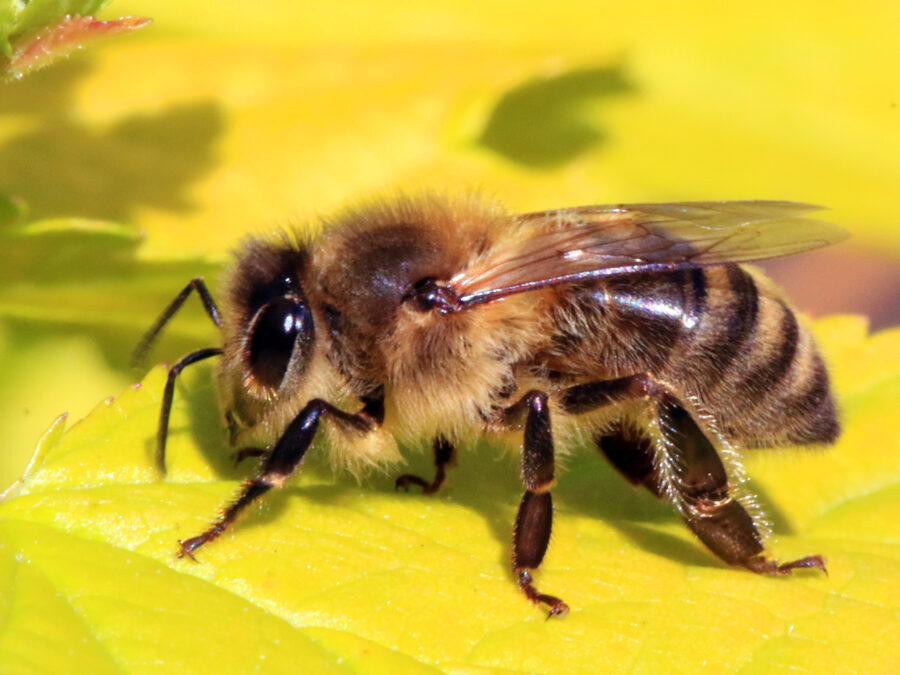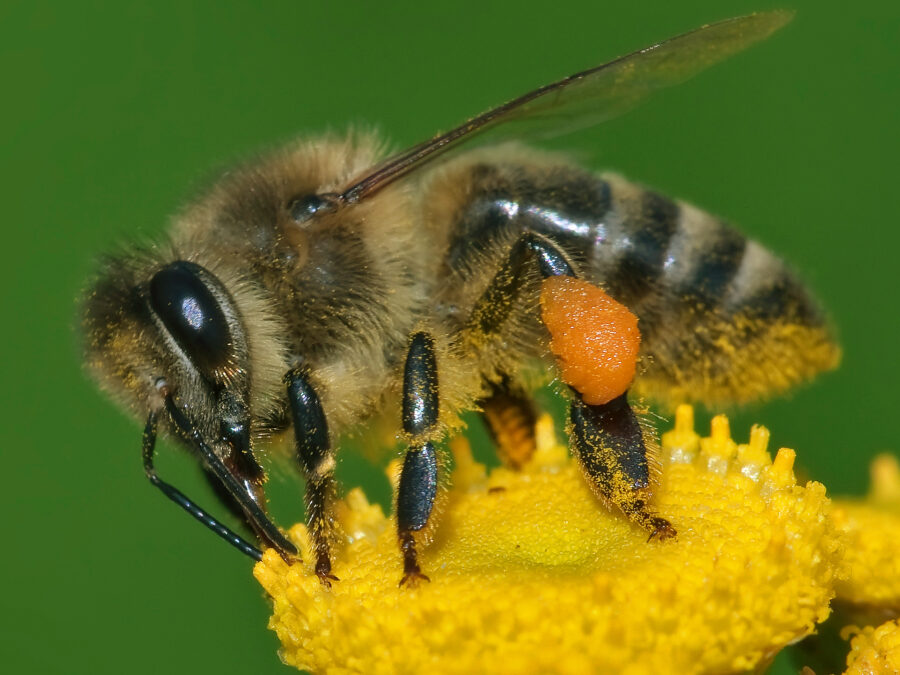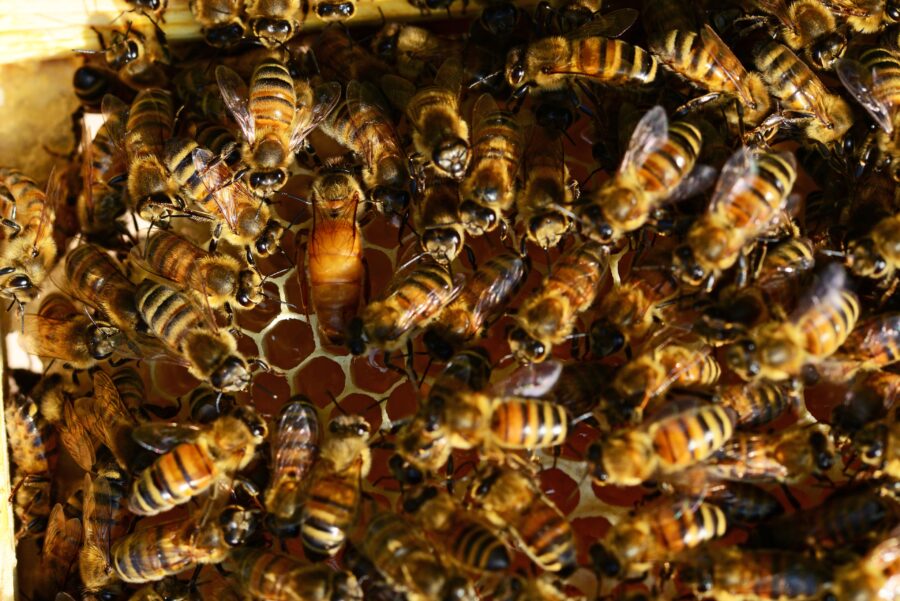Bees Are Cheating On Math Tests
Bees could hold the key to artificial intelligence.
This article is more than 2 years old

Honestly, doesn’t cheating on the math test only prove bees are more amazing than we thought? Don’t tell your children, but this is one story where cheating seems to only earn bees more respect. Recently, researchers at the University of Sheffield did a study to discover more about how honey bees use math. They were offered a sugary treat when they solved the problem in front of them. Eventually, the researchers discovered that they didn’t use math the way we thought to find their treats at all. Instead, they used visual clues. Even more interesting, these results may be used to help us develop artificial intelligence for specific tasks.
So, let’s take a closer look at the cheating bees. The math problem they were given was one researchers have used on other animals in the past. They are faced with a placard with shapes. One group of bees could find sugar water on the placard that had the highest number of shapes. The other group could find their treat on the placard with the fewest number of shapes. They were doing quite well at this, which presents itself like they are using math to figure this out. They’re counting. Right?
But then the researchers offered a second test. In this set, every placard had the same number of shapes. However, the shapes had different length edges and spaces between them, making them visually different. Instead of placing sugar water on the shapes, the researchers left plain water on them. If the bees were counting the number of shapes on the card, they would have flown to search each placard. Instead, the bees looked at the cards and then flew to the one with the highest number of variables of length and shape, or the lowest, depending on what they’d been trained to do in the first test.

This told the researchers that the bees were not using numbers to find the sugar water. Instead, they were using visual cues. It does not actually indicate that bees can’t do the math, either. Instead, it shows that a non-numerical strategy may have been more efficient for quickly finding the sugar water. It also shows they thought about this differently than a human would. So, in conclusion, perhaps bees do know math. But in a very “When am I ever going to use that in the real world?” kind of way, they solved their problems without it.
This teaches us a lot. Both about bees, and about the ways different animals think. In fact, Dr HaDi MaBouDi from the University of Sheffield said, “This will be very practical in the future of artificial intelligence for designing smart machines based on animals that have evolved for some particular tasks.”
The relationship between artificial intelligence and animals is an exciting and developing area in science and technology. Bees aren’t the only ones teaching us a lot. As we develop AI, researchers are taking a look at other ways to process information than a human would. In the case of the honeybee, a strong example is a drone scanning the ground for information. Would it make more sense to think like a bee than a human in that situation? How do we want artificial intelligence to process information? As animals have evolved, they’ve learned to process information differently than humans do. Many animals have evolved for specific tasks. This can be useful in developing AI.

For example, a big challenge with artificial intelligence is teaching a computer common sense. Many scientists have suggested that the key to this is in animal training. By discovering how animals take in a new concept, we can create protocols for discovering when a computer has got the hang of the idea. By learning how bees figure out how to cheat on a math test, we can learn how to teach computers to do it, too.
This isn’t the only area where artificial intelligence and animal science are coming together. Currently, we’re using AI to understand lost languages. There is the possibility researchers will be able to take what they’ve learned and used to help us talk to animals. Yes, really. The technology will hopefully be able to listen to recordings of whales talking, learn the language, and give us the ability to use it.
Will you someday be able to have a chat with a honeybee? Maybe. They’d probably have a lot to teach us. So far, they’re ahead of us in the fight against giant murder hornets. They’ve proven adept at getting around showing their work on math tests. Who knows what they’ll teach us next.












